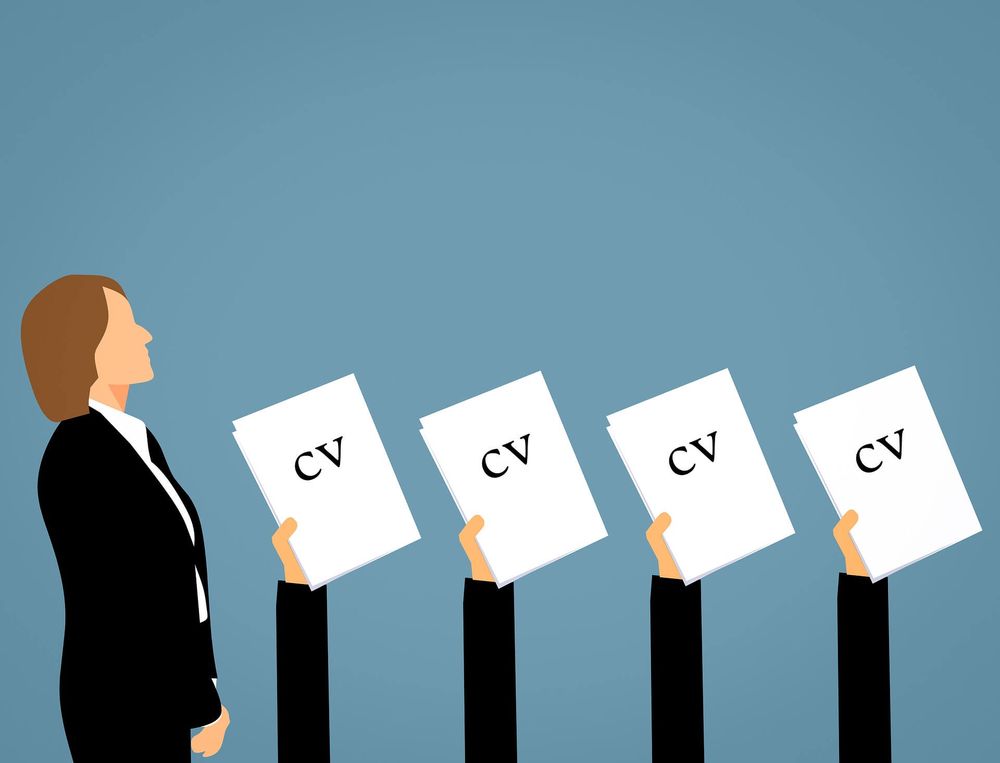
Decision-Making Bias
Decision Making Bias
Heuristics
Behavioural economist, Herbert Simon, argued that, when faced with complex decisions, individuals (using System 1 thinking) resort to heuristics. Heuristics are decision-making devises that simplify the process of coming to a reasonable decision when the ‘perfect’ decision is unreachable or unknowable. Heuristics can be seen as mental shortcuts which enable individuals to make quick decisions rather than taking too long, or avoid making a decision altogether.
Heuristics are a convenient way of solving the problem of imperfect information and limited time in which to make a decision. Examples of heuristics include using ‘common sense and intuition’ (goods are cheaper in sales), and using a ‘rule of thumb’ (I only buy if it’s on a special offer’. However, using common rules of thumb may lead to irrational decision-making.
For example, it is typical to assume that limited offer discounted goods are actually cheaper than the average price of the same good over a period of time when actually they are often not. Similarly, we commonly assume that ‘best before’ labelling of products actually means that the good should not be consumed after that date (which is rarely true). Applying such rules certainly help simplify day-to-day economic decision making, and without them consumers would need to allocate far more time to routine decision making than would be justified. This tends to suggest that rationality is easily compromised, and is unlikely to be at the level assumed in traditional economic theory. In short, humans are only partly rational, and only rational in certain situations.
The role of context – choice architecture
Behavioural economists suggest that decisions are not taken independently of the context in which the options are presented. How a particular choice is presented – the ‘choice architecture’ – can have a significant effect on the choice made. A decision can also be influenced by the ‘choice architect’. A choice architect is an individual or organisation that is responsible for organising the context in which people make decisions. A choice architect may be a parent, teacher, peer, employer, the media, or a politician. Choices are rarely neutral and commonly mediated in some way. For example, where a good is placed on a shelf can affect the likelihood that it will be chosen.
The anchoring and framing heuristics
Behavioural economists argue that individuals may be subject to anchoring when making simple and complex decisions, which again provides a constraint on the exercise of rational choice. Anchors create a bias in favour of a particular decision. For example, what individuals first encounter, see or hear, become the anchor from which future decisions are assessed. If, for example, a supermarket displays a 10% off sign at the entrance to a store, and further into the store ‘up to 25%’ off signs are displayed. The first sign is the anchor, and all signs are judged by that – so up to 25% off seems a very attractive proposition indeed.
Individual choices also seem highly sensitive to the process of framing, which also provides a bias in favour of a particular decision. How a choice, or how a new piece of information is ‘framed’ is likely to affect the choice, even when two options have identical outcomes.
For example, numerous experiments have shown that when faced with either winning a given amount of money or losing it, individuals are rather more averse to the loss. For example, individuals are likely to fear a loss, of say £50, rather more than they feel they have gained from being offered £50.
So, an energy company looking to expand its market share may wish to influence a decision in their favour may stress the loss of not switching to them, rather than the gain if they did. For example, ‘staying with your current provider could cost you up to £285’. Of course, inertia may still have a powerful influence pulling in the other direction, and the existing supplier can frame their pitch to focus on the cost of leaving them. People seem much more worried about the costs of exit than the gains from entry – one reason, perhaps, why few individuals actually switch energy provider, and that those who do may, in an objective way, be no better off.
Similarly, an employer may create a contract of employment where the default working week is ‘zero-hours’. ‘Zero hours’ becomes the frame. This is likely to mean that being offered 10 hours of work is seen as relatively attractive as it is more than zero, compared with having hours reduced from a specific contracted number.
Status quo bias
A status quo bias concerns the tendency for individuals to continue to make a choice even after the decision has lost some or all of its benefit. This bias creates a form of inertia, and can help explain why producers can generate extra revenue by raising prices for long standing customers. Even despite the popularity of comparison websites, under controlled experiments, individuals still tend to rate their existing insurance provider higher than other providers that they had never used, even when prices are cheaper.
The availability bias
The availability bias is yet another example of how decisions may be less than rational and less likely to conform to the predictions of traditional economic theory. Tradition theory of consumer choice would tend to suggest that individuals are consistent over time in terms of the decision to purchase goods or services. However, the availability bias suggests that we are influenced by recent or significant events that are the most easy to remember. If memory of the event is easily available it will be more likely to influence a decision than if it is difficult to remember, and individuals may over-estimate the significance of likely of the event occurring in the future.
An example would be how individuals are more likely to replace their old central heating boiler following a minor (and, perhaps, easily fixable fault), even when the repair would see the boiler last for several more years. They tend to remember the recent fault, rather than the fault-free period, and over-value the need for a brand new boiler.
Behavioural economists also point to the power of social conformity on decision making, often citing the classic psychological research undertaken by Solomon Asch, who found that peer pressure had a significant influence on the extent to which people lied when questioned, even when it was ‘obvious’ that they were lying. This, and other research, suggests that the desire to conform and follow a particular trend may well override more critical judgments about the wisdom of ‘joining the crowd’.
See Also:


